Exploring 50 Years of the BMW 3 Series originally appeared on Autoblog.
A segment-defining car
It’s the era of polyester and malaise, of oil embargoes and inflation, one where mammoth Detroit land-yachts powered by wheezy V-8 engines with roofs sheathed in vinyl rule the American highway. Yet midway through the decade comes a curious counterpoint: a Prussian machine that’s a model of Calvinist restraint. It’s a car that actually lives up to its advertising slogan: “the ultimate driving machine.” It’s the BMW 3 Series.
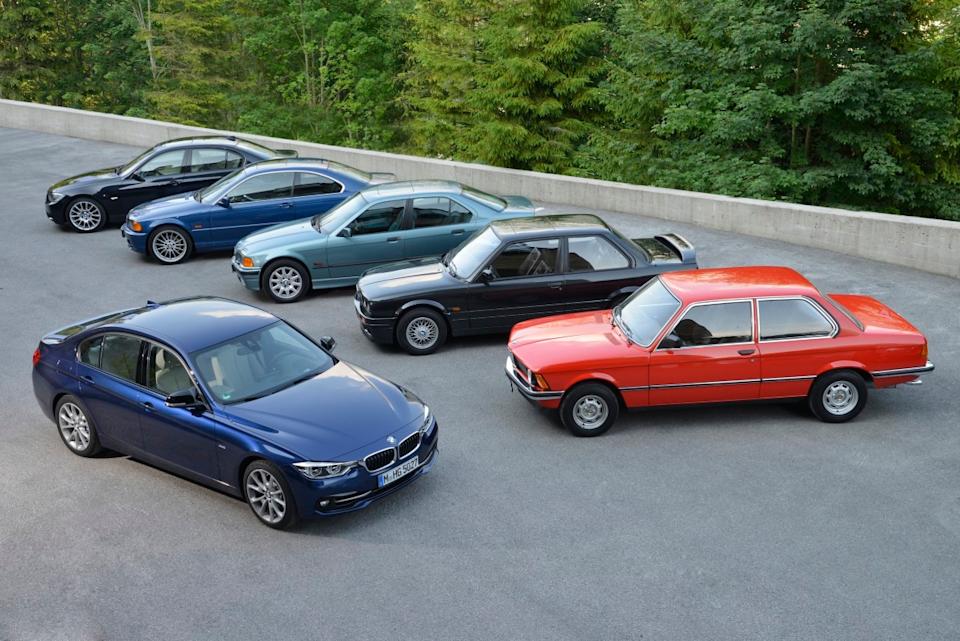
1975: An icon debuts
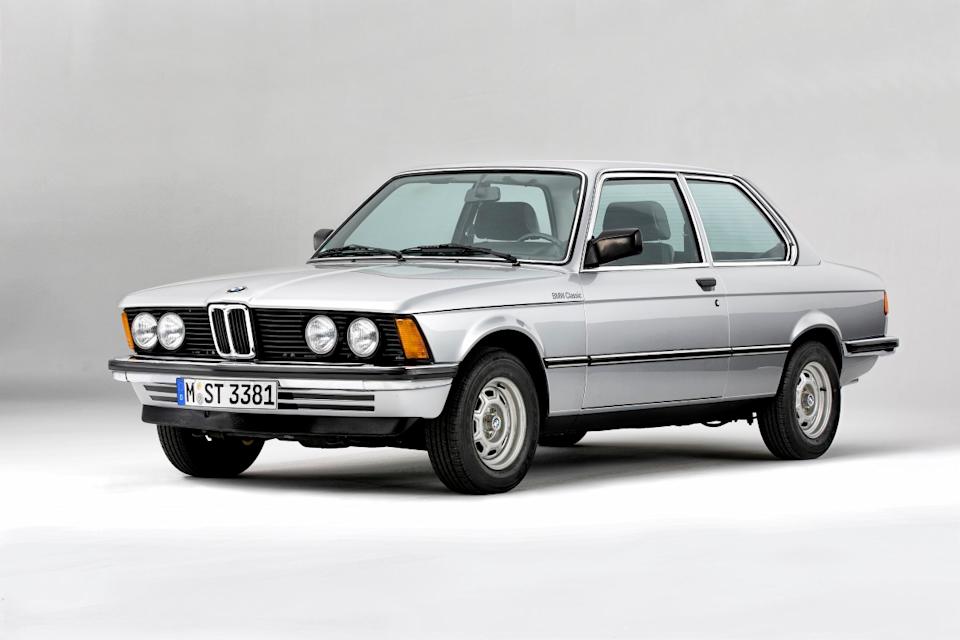
The car would become BMW’s most iconic vehicle, arriving following the departure of American importer Max Hoffman, whose erratic stewardship of the brand had caused the company financial distress and legal issues since the 1950s. His exit came at the behest of Bob Lutz, a Swiss-born American and BMW board member in charge of sales.
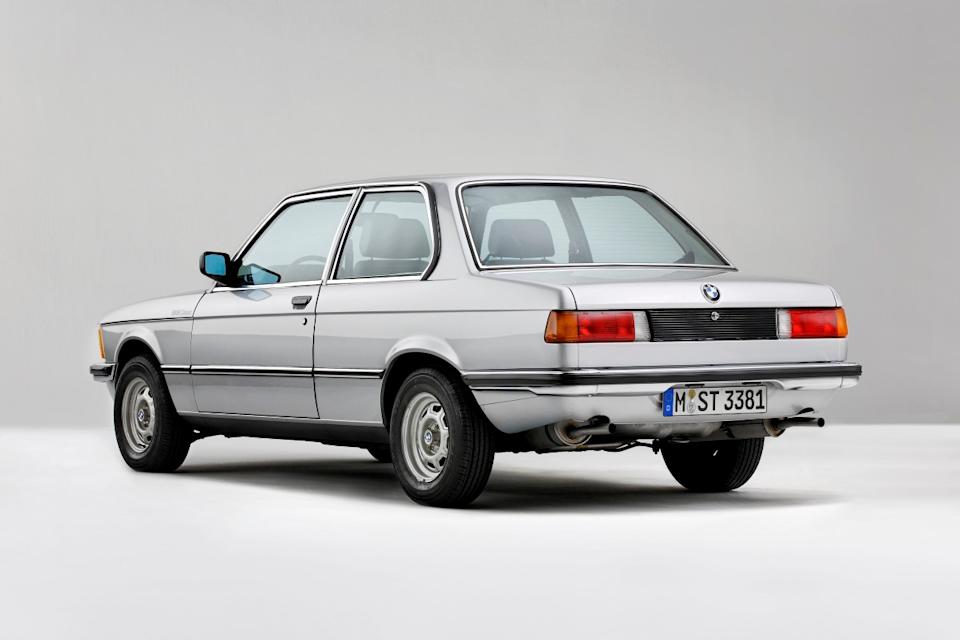
It’s Lutz who set the stage for the car that would change BMW’s fortunes forever. Introduced in Europe in 1975, the rear-wheel-drive 320i two-door sedan reached American shores in 1977. It was powered by a 2.0-liter four-cylinder engine rated at 110 horsepower and featured fuel injection at a time when carbureted engines were still the norm. It came with a four-speed Getrag manual gearbox or an optional three-speed ZF automatic transmission. Inside, the center instrument panel was angled towards the driver, a unique design soon copied by competitors. Through 1983, BMW produced 1,364,039 units. It’s the car that finally puts BMW on the map, no doubt helped by its newfound status among Yuppies.
1982: Becoming a cultural symbol
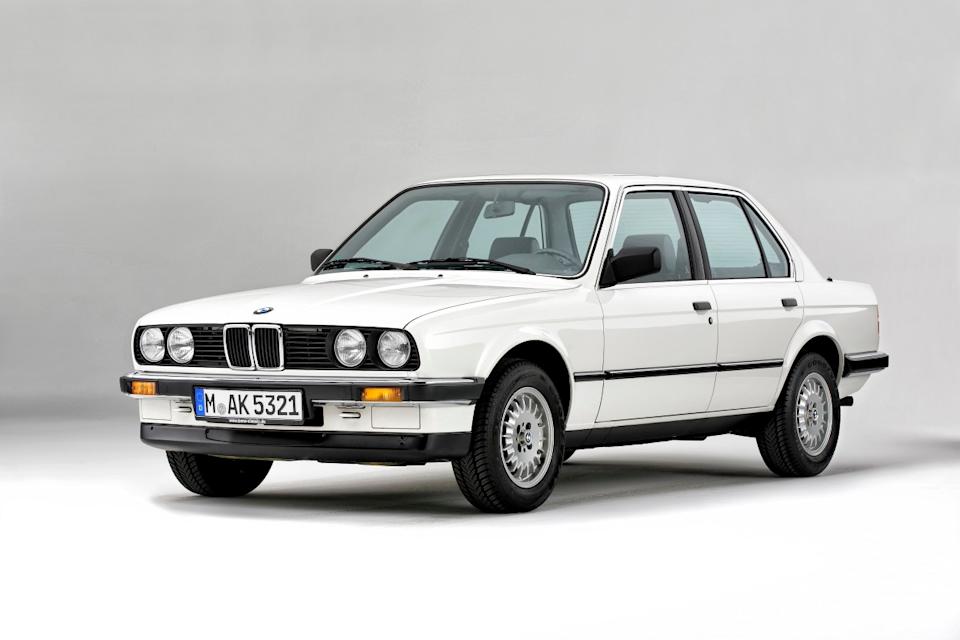
When the second-generation E30 debuted in 1982, arriving stateside in 1984, it cemented BMW’s sports sedan image in the United States and established a new design language. By now, BMW’s reputation for well-bred, meticulously overengineered sports sedans preceded them, as BMW counted some 40 rivals. In the U.S., the E30 arrived as the 105-horsepower four-cylinder 318i two-door sedan.
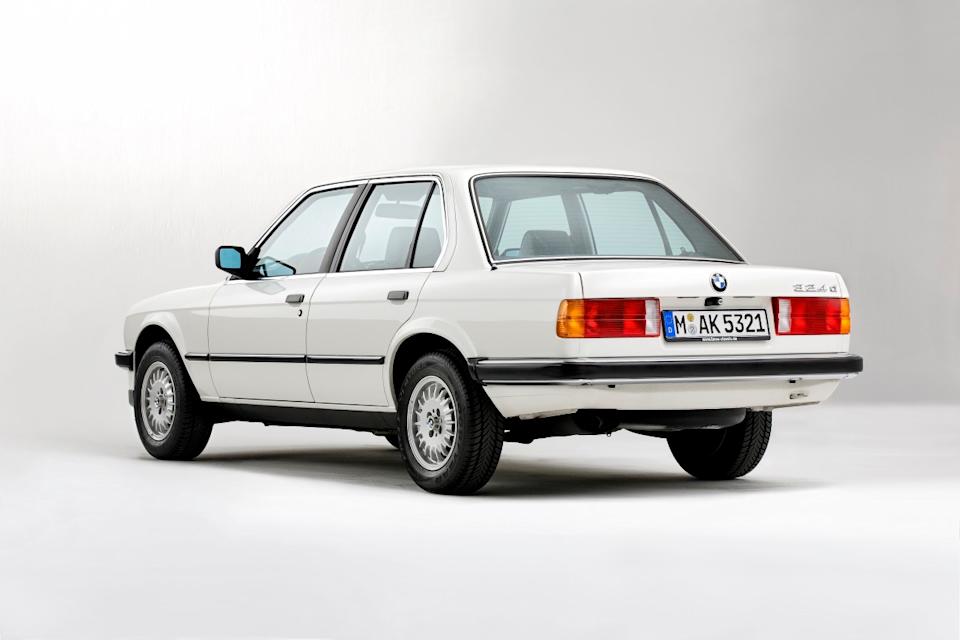
But it’s the 121-horsepower, six-cylinder 325e and the 1987 168-horsepower 328i that truly fortified BMW as the quintessential purveyor of sports sedans, even as the lineup expanded with the launch of the first factory 3 Series convertible, one marketed as The Ultimate Tanning Machine. It also marked the arrival of the first M3, powered by a 192-horsepower 2.3-liter four-cylinder engine, a car beloved by the automotive press. Its peaky power made it a hard sell in the U.S, but E30 manufacturing ended in 1990, production totaled 2,339,251 units.
1990: A last stand before digitization
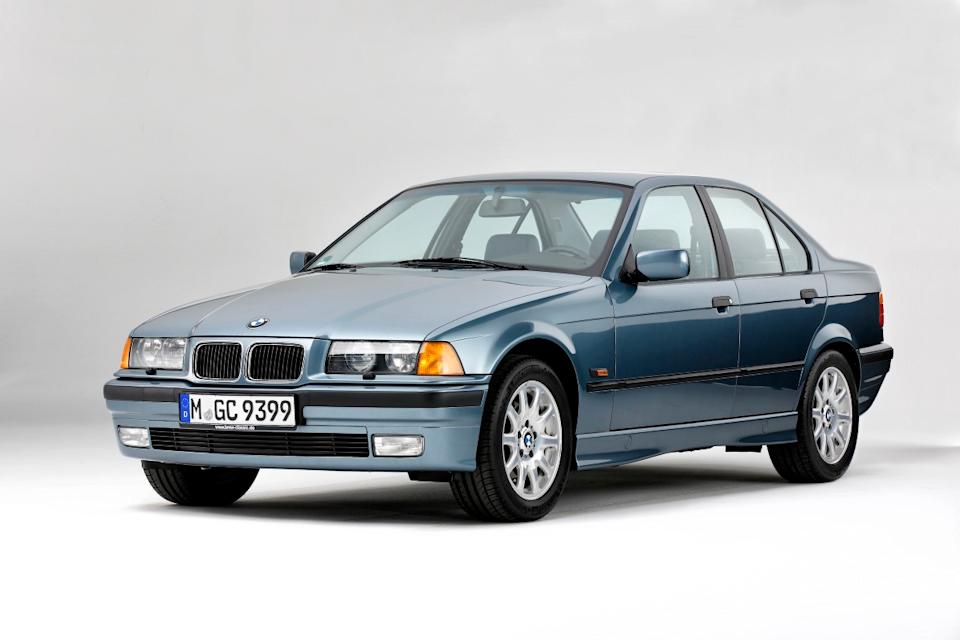
Sleeker, softer, and more seductive than ever, the E36 arrived as a four-door sedan, followed by the Coupe for 1992, the Convertible in 1993, and as a two-door hatchback, known as the Compact, in 1994. Given the lackluster sales of the previous generation M3, the new one wasn't slated to return, but BMW North America insisted it would sell. Germany acquiesced, but the M3 that arrived differed from its European cousin. It had a 240-horsepower straight six and five-speed gearbox, rather than the 286-horsepower six and six-speed manual used in European M3s. Clearly, BMW was hedging its bets.

Despite this, the car became a huge hit. Elsewhere in the lineup, the 325i was now the 328i, powered by a 193-horsepower 2.8-liter straight six. Anti-lock brakes were now standard, and Automatic Stability Control was a new option. With the E36 continuing in production for nearly a decade, production totaled 2,745,780 units. It remains a driver’s car and the last 3 Series that demanded mutual respect rather than digital compromise.
1998: A big change
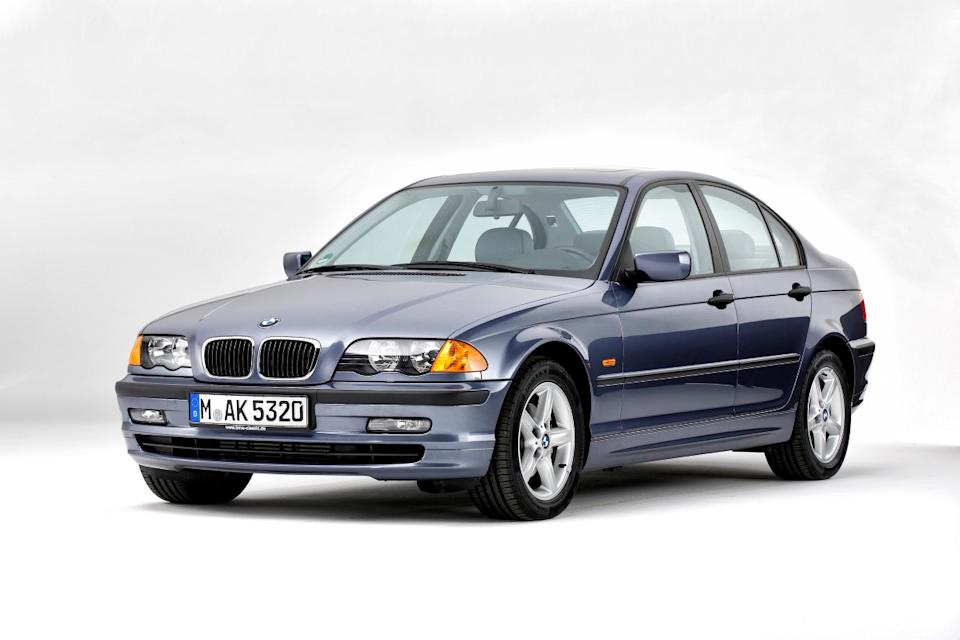
With the arrival of the E46 sedan in 1998, the 3 Series grew four inches in length and width. With engineering and design influenced by the BMW 7 Series, the E46’s twin-kidney grille was now integrated into the hood, while L-shaped taillights distinguished the rear. New features included a multifunction steering wheel, rain-sensing wipers, and a navigation system. The E46 was built on a new, lightweight chassis that extensively utilized aluminum. Uniquely, each body style varied in size, lending them somewhat different proportions.
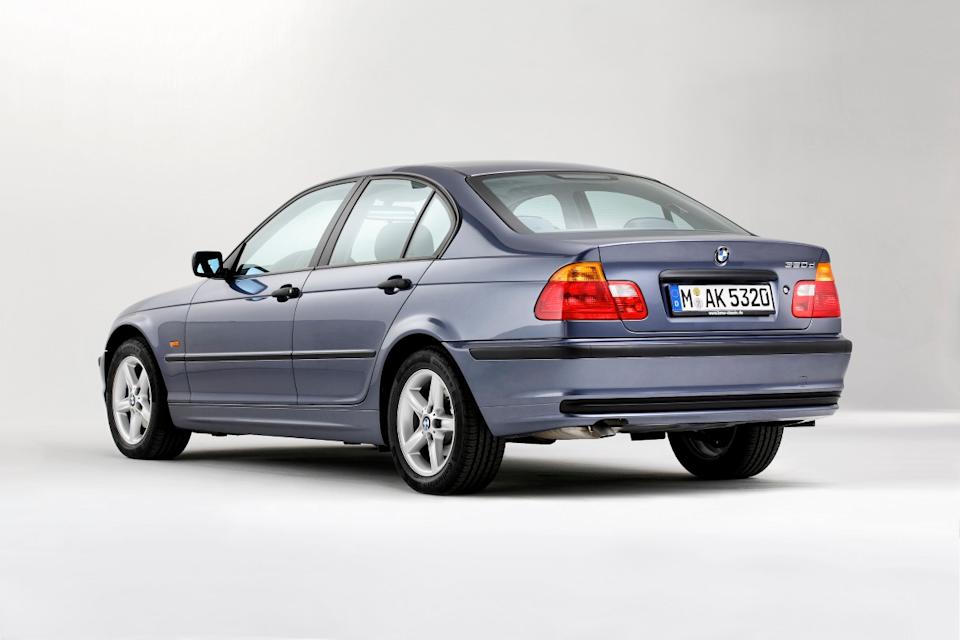
The M3 arrived in 2000, powered by the same 343-horsepower straight 3.2-liter inline six. For many, the E46 M3 was the perfect balance of track athleticism and everyday drivability. Even lesser 3 Series models proved more popular than ever. As a result, the E46 BMW 3 Series became the top-selling BMW of all time with 3,266,885 units sold. Sophisticated and swift, it was the 3 Series’ final flirtation with mechanical purity.
2005: Tech takes charge

Heavy with gadgets and gewgaws, the E90 arrived with its soul intact, even as microchips don the driver’s gloves. Once again, larger than the model it replaces, this was the pinnacle of the classic 3 Series, boasting a mix of power, fuel efficiency, and technology that feels natural. Consider the 3 Series convertible, the first BMW with a retractable hardtop. While it didn't do much for its looks, it did help torsional rigidity.
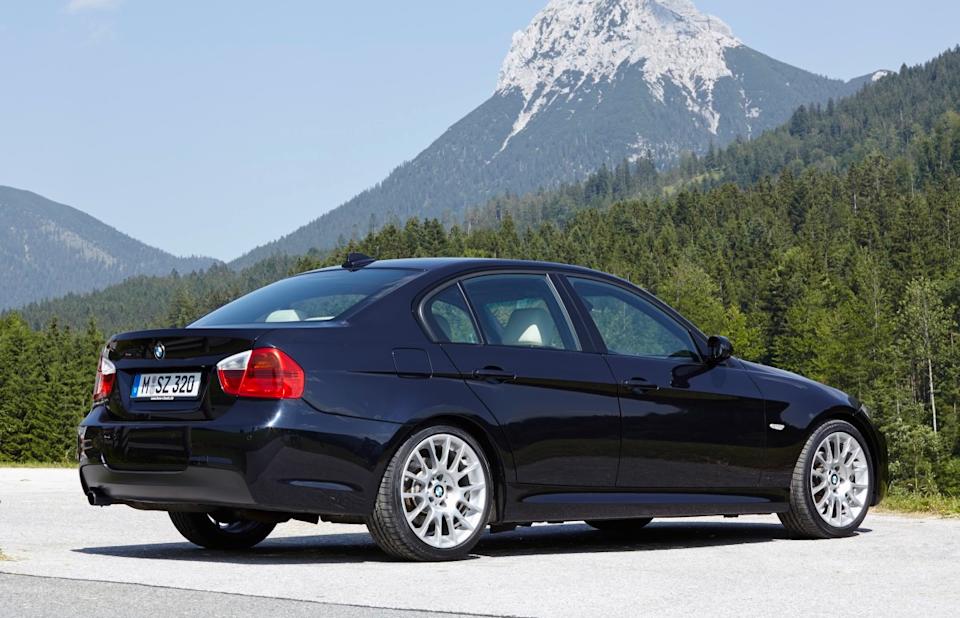
Then there’s the newest M3. Perhaps the pinnacle of its breed, its performance had never been stronger thanks to its 420-horsepower V8 and availability as a Coupe, Sedan or Convertible. Across the line, the 3 Series was fitted with a growing list of electronic driving aids. Despite that, sales remained strong, with 3,102,345 units sold during its lifetime.
2012: Breaking up the family
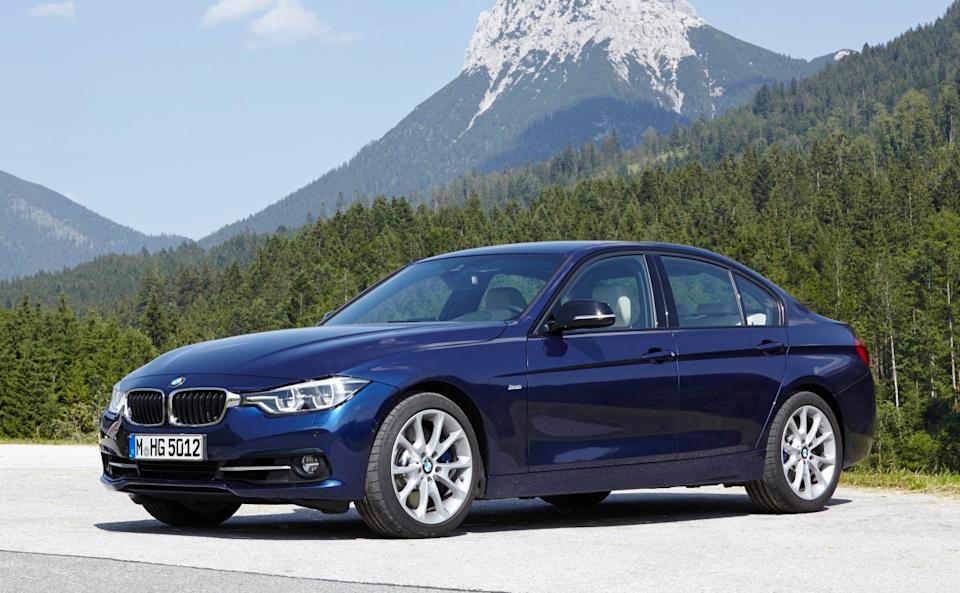
If the sixth generation, dubbed the F30, signified anything, it was the 3 Series becoming a very different animal. The lineup now consisted of a sedan, wagon, the Active Hybrid 3, and the Gran Turismo, a pseudo-SUV-like derivative with a sloping rear fastback. The Coupe and hardtop Convertible were spun off as the 4 Series the following year, and joined by another four-door, pseudo-SUV model, the Gran Coupe.

For the M faithful, the M3 Sedan, and M4 Coupe or Convertible began to appear in 2015, with a 425-horsepower twin-turbocharged straight six. Given the 3 Series' ever-expanding lineup, one wonders if it’s still a sports sedan.
2018: Seventh time around
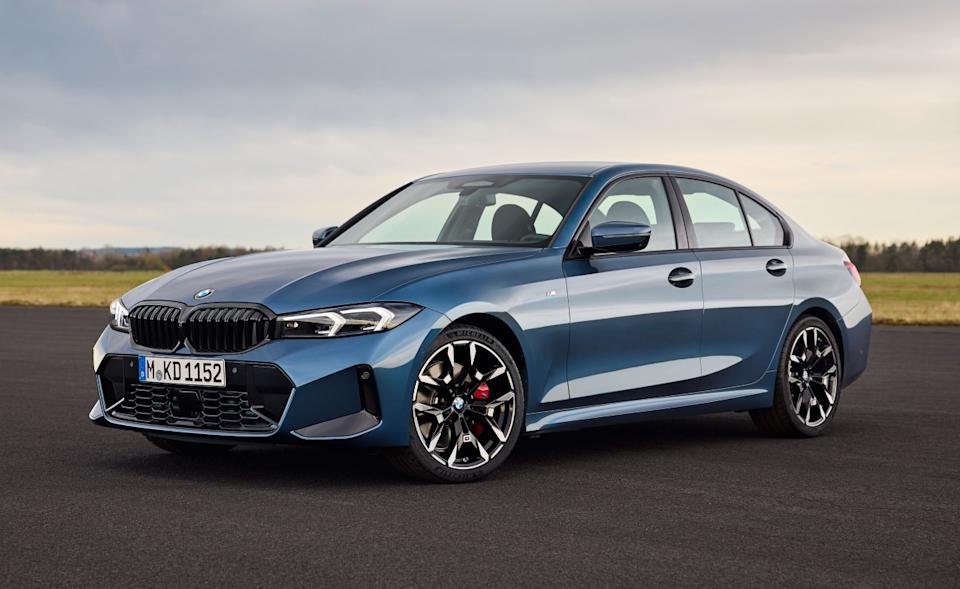
With the advent of the seventh-generation G20, the BMW 3 Series, a car that once defined a segment finds itself with many personas. This generation marks the arrival of a 12.3-inch instrument cluster and a 10.25-inch infotainment touchscreen as well as more standard driving assistance features than ever. When the M3 Sedan and Coupe debut in 2020, their personality is more track-focused than ever, including a Competition variant with 510 horsepower and all-wheel drive.

But other models, such as the 255-horsepower turbo four-cylinder 330i or 330i Gran Turismo, seem designed to please mainstream luxury car buyers rather than true sports sedan enthusiasts. Nevertheless, for some, the 386-horsepower M340 is a throwback to the E36 and E46 M3. It’s the secret sweet spot in the newest 3 series cars. Given its tech-laden interior, and exclusively mild hybrid powertrains, tech performance seems to matter as much as automotive performance.
Final thoughts
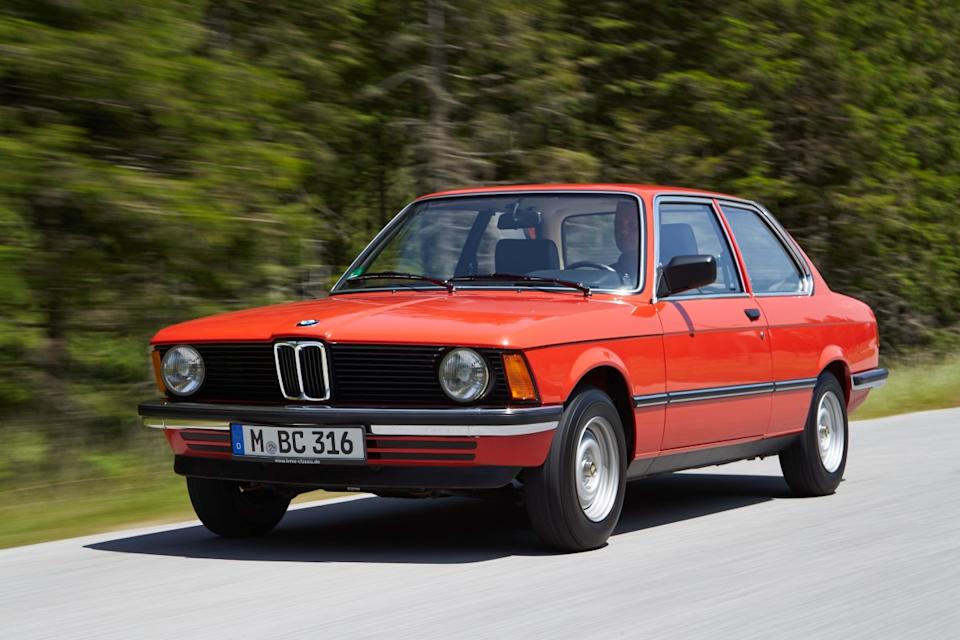
There’s little doubt that the BMW M3 and M4 can still thrill. They howl with an otherworldly performance that continues to thrill the soul, and the BMW 3 Series remains elegant, ambitious, and capable of sublime moments despite its tech bloat. It remains a driver’s car in some variants, while seeming more like a realtor’s ride in others. Still, after 50 years, it’s hard to hate such an iconic hunk of BMW performance history. Look past the algorithms, and somewhere, underneath it all, the ultimate driving machine survives, like a ghost in the machine.
Exploring 50 Years of the BMW 3 Series first appeared on Autoblog on Aug 18, 2025
This story was originally reported by Autoblog on Aug 18, 2025, where it first appeared.
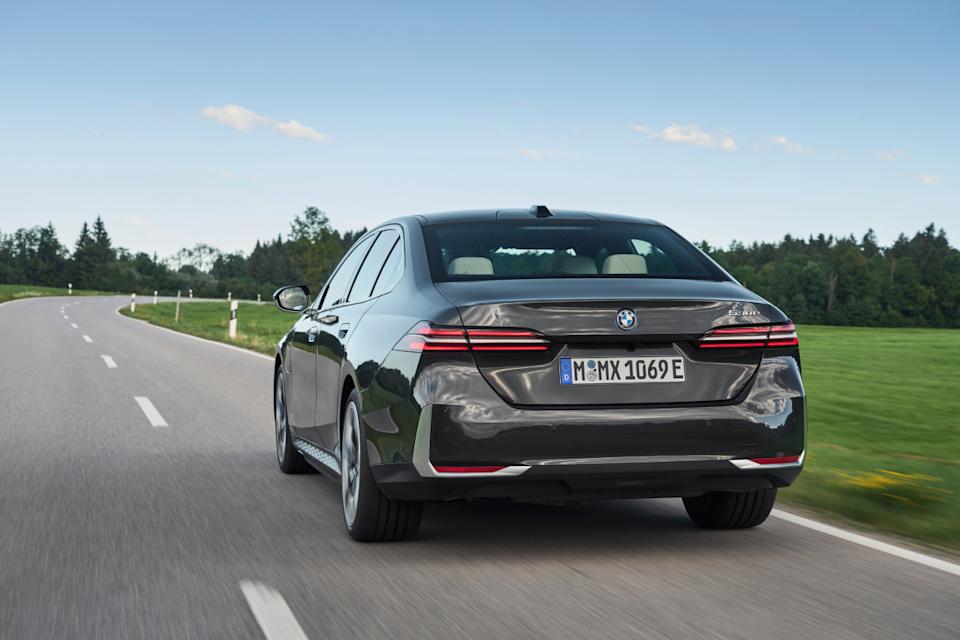
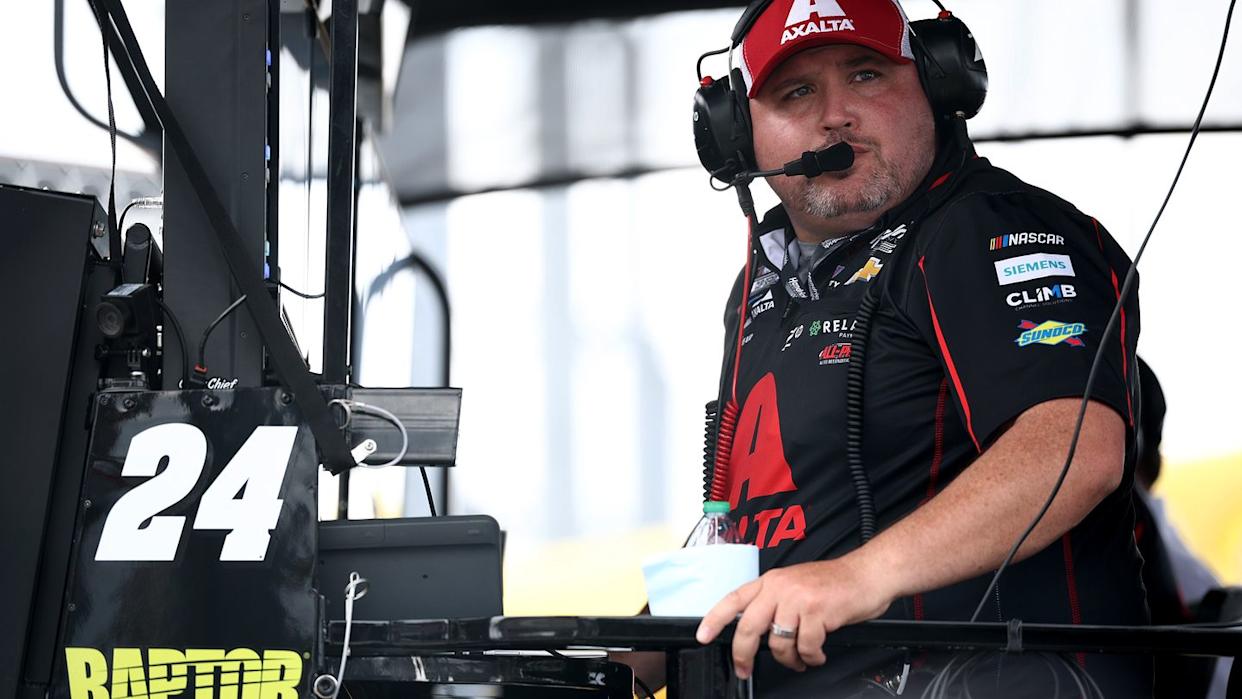






Comments